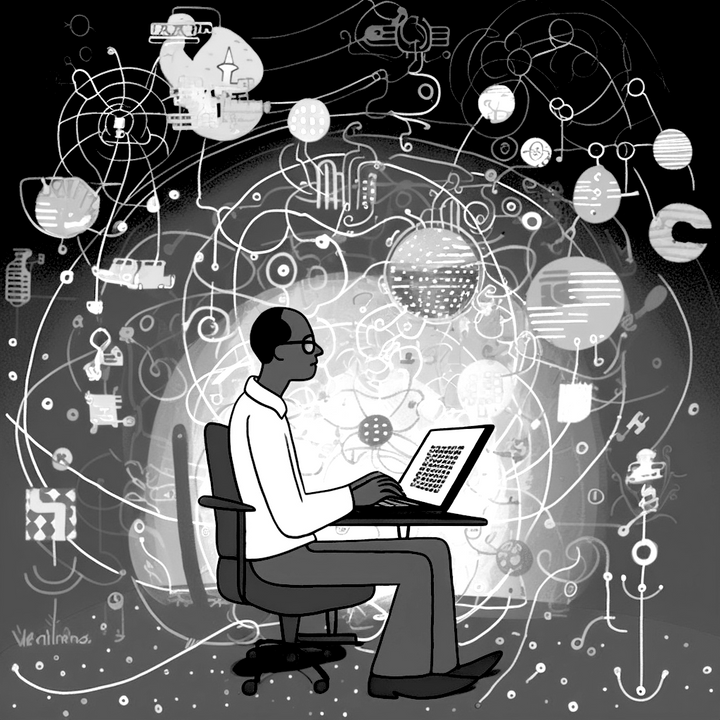Imagine your morning coffee unlocking the secrets of the human brain. In the world of neuroscience, a groundbreaking theory emerges, revealing the hidden enigma within a coffee cup, transforming our understanding of cognition and the future of AI.
Picture this: You're sitting in a bustling café, the smell of freshly brewed coffee wafting through the air. As you absentmindedly sip your latte, your eyes land on a seemingly ordinary coffee cup sitting on the counter. Little do you realize that this humble object holds the key to unraveling the mysteries of the human brain and the very nature of intelligence itself.
In the world of neuroscience, a groundbreaking theory has emerged – one that is poised to shatter long-standing beliefs and herald a new era of understanding. This is the story of the Thousand Brains Theory and the man who brought it to light: Jeff Hawkins. As we delve into the heart of this revolutionary idea, we'll uncover its potential to transform not only our perception of ourselves but also the future of artificial intelligence.
So, let us embark on a journey through the labyrinthine folds of the neocortex, where we'll uncover the hidden enigma of the coffee cup, and venture into uncharted territory, where the boundaries between humans and machines begin to blur.
In the world of neuroscience, the Thousand Brains Theory has emerged as a paradigm shift. The book, written by Jeff Hawkins, the inventor of the PalmPilot and a prominent neuroscientist, offers a compelling vision for how the brain works, and how that understanding could pave the way for truly intelligent machines.
Mind the gap
Hawkins begins by challenging the conventional wisdom of the human brain. While most people consider the neocortex – the outermost layer of the brain – as a single, unified entity responsible for intelligence, Hawkins proposes a more nuanced picture. He argues that the neocortex is actually composed of thousands of specialized, mini-brains that collectively give rise to our cognitive abilities.
What sets the Thousand Brains Theory apart is its assertion that these mini-brains are not arranged hierarchically but rather function as a parallel and distributed network. This notion upends the long-standing belief in a single, all-knowing cognitive center, inviting us to reimagine our understanding of intelligence.
Parallel Cups: The Connection Between Coffee Mugs and Cognition
To illustrate this concept, let's consider a simple object, like a coffee cup. According to Hawkins, our brain does not have a single, definitive representation of the coffee cup. Instead, each mini-brain within the neocortex creates its own unique model of the object, capturing different aspects of it, such as its shape, texture, and weight. When we interact with a coffee cup, these various models collaborate to form our perception of the object.
This new understanding of the brain has profound implications for the field of artificial intelligence. By replicating the structure of the Thousand Brains Theory in a machine learning system, Hawkins believes that we can create AI that is not just able to recognize patterns and make predictions, but also to understand the world in a way that is similar to human cognition.
The Thousand Brains Theory also raises philosophical questions about the nature of intelligence and consciousness. If our own intelligence is the result of thousands of mini-brains working together, what does that mean for our sense of self? Are we a singular, unified consciousness or a collection of individual entities? As we create AI systems that mimic the structure of our own brains, we may find ourselves grappling with these existential questions more urgently.
Jeff Hawkins' Thousand Brains Theory offers a revolutionary perspective on the inner workings of the human brain and the future of artificial intelligence. By embracing this new understanding of cognition, we stand on the precipice of a new cognitive revolution.




Comments ()